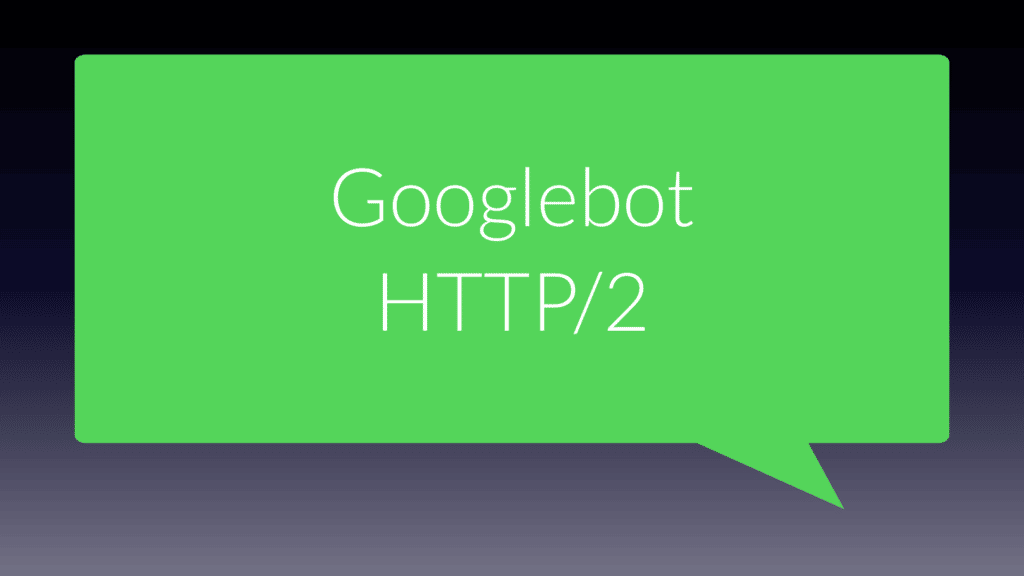Google announced on its blog that from mid-November 2020 Googlebot will gain the ability to crawl pages using the HTTP/2 protocol. This is good news, of course, but for now it will not directly contribute to accelerating indexation.
Spis treści
What is HTTP/2 ?
HTTP/2 is an upgrade of the widely used HTTP protocol on the Web. This is actually the first major change in the way documents are uploaded since 1997 and has been supported by all major browsers for more than 5 years. It speeds up connecting to pages on the Internet by, among other things, compressing headers, multiplexing requests, and sending the client the files needed to load the site before the client even sends their request.
What does this mean for webmasters?
Googlebot supporting HTTP/2 is a sure way to save server resources for large, frequently crawled sites. Fewer TCP connections and faster HTTP/2 execution will improve hosting performance somewhat.
But there’s no fooling – the change will benefit Google itself the most, for which the resource savings will be very significant.
At the same time, Google reports that crawling the site over HTTP/2 – although it will require fewer resources and theoretically save webmasters the mythical crawl budget – will not affect the quantity, quality and frequency of indexing. Nor will it be a ranking factor.
On the other hand, Google’s announcements do not always coincide with reality. One might suspect that, in the long run, HTTP/2 support should benefit webmasters in the form of more frequent robot visits – but the official stance rules this out. Also keep in mind that HTTP/2 generally means faster loading of the site, and this is already a ranking factor as much as possible.
Will all pages be crawled using HTTP/2 ?
Don’t. This is to apply (at least for the time being) only to large, frequently crawled sites supporting HTTP/2, where Google feels there will be a tangible benefit. For many – especially simple – sites, crawling using HTTP/2 would provide almost no benefit. At the same time, Google does not rule out further work on the robot’s performance and a gradual lowering of these criteria.
Will I know/know that Google is crawling my site using HTTP/2 ?
To find out, you’ll have to take a look at Search Consola, where there will be an announcement if crawling begins after HTTP/2 (but not before November 2020).
The way Googlebot connects to our site can also be easily checked by analyzing the server logs – next to each line of record there we have information about the protocol used.
Does my website support HTTP/2 ?
This can be checked in a number of ways, but for the layman, the simplest will be one of three methods:
- an add-on for Chrome called HTTP/2 and SPDY indicator
- Online test (beware, sometimes gives false positive results)
- Chrome console ( Network tab, Protocol column, hidden by default)
How to implement HTTP/2 support on your site ?
Here, unfortunately, there is no one simple instruction; what remains is to contact and consult your own web host.
This is worth doing not only in light of the above news; HTTP/2 support usually means faster page loading, and no one needs to be convinced of the advantages of a fast site.


